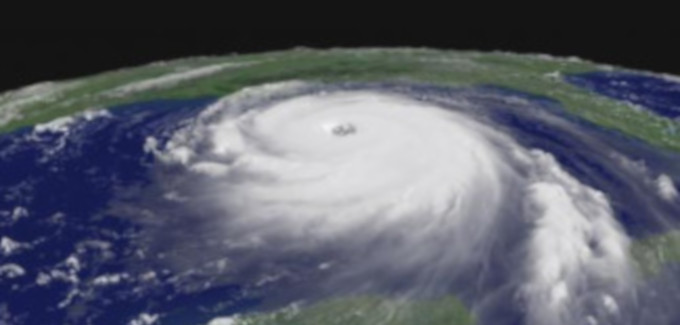
In the last few decades, the Arctic has been warming more than twice as much as the rest of the world. At the institute, we focus primarily on the changes that take place in the Arctic climate. In particular, we examine how the global man-made activities affect the pollution and climate in the Arctic and subsequently how the associated changes in the Arctic can affect the global climate.
We have connected an earth system model - ESM - to the suite of models in the department. This allows us to study the global climate system and the interaction between terrestrial ecosystems, ocean/sea, sea ice and land ice. Our goal is to gain an understanding of how the climate, nature and man-made conditions mutually affect each other. With this knowledge, we want to create the basis for reliable future global and Arctic climate projections. In collaboration with other research groups around the world, we seek to further develop the ESM to integrate with the latest laboratory and field data.
We use the Earth system model to study how particles in the air, for example, soot or dust particles (aerosols) and atmospheric chemistry and climate mutually affect each other. Our research focuses on the impact of man-made and natural sources on:
Furthermore, we are able to connect the climate model with our regional chemistry and transport model (DEHM). We do this to simulate future levels of air pollution under different scenarios, if the emissions is reduced or adjusted, for example.